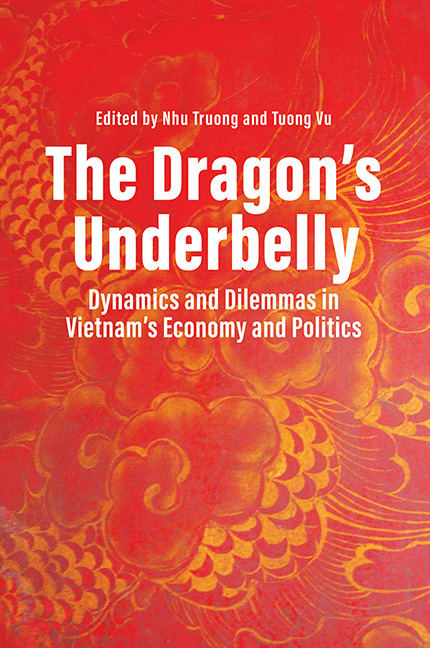Chapter 9 - Freedom of and Workers’ Participation in Trade Unions in Vietnam
Published online by Cambridge University Press: 09 January 2024
Summary
Throughout its history, the Vietnamese Trade Union has accompanied the ruling Vietnamese Communist Party (VCP) at the national and sub-national levels (Collin 2020; Schweisshelm and Do 2018). In the global economic crisis of the 1930s, the working environment in Vietnam under French rule was tough. Trade unions were illegal as strikes were repressed and activists were stifled by the colonial power (Pringle and Clarke 2010). In 1929, the VCP established the Red Federation of Trade Unions (Tong Cong Hoi Do), its first trade union federation, to call workers to fight for national independence (Collin 2020). From the beginning, the trade unions not only prioritized protecting the interests of members and combating exploitation by employers, but also liberating the country from foreign invaders. In 1946, a year after the formation of the Democratic Republic of Vietnam in the North, the Red Federation of Trade Unions was renamed the Vietnam General Confederation of Labour (VGCL). Leaders of the VGCL were members of the VCP. During the subsequent war against the United States, the union became an essential wing of the VCP to gather workers for war-oriented production in order to build a socialist economy in the North and to assist the national revolution in the South. In contrast, labour associations emerged in the South along with an explosion of strikes (Schweisshelm and Do 2018). This included organizing thousands of strikes with the Trade Union of Southern Liberation Vietnam (Lien hiep Cong doan giai phong mien Nam Viet Nam) during the 1960–1970s (Kerkvliet 2010; Schweisshelm and Do 2018).
After the war ended, when private enterprises were confiscated and became state-owned, the two unions merged. Trade unions continued to serve as the “transmission belt” of the government and the extended personnel department of state-owned enterprises in order to achieve economic targets and social stability (Collin 2020; Zhu and Fahey 2000). Before Doi Moi, the legitimacy of Vietnamese trade unions depended on their alliance with the Communist Party at the national and sub-national levels, and with managers in the state-owned enterprises and community-owned enterprises—the only form of enterprise at that time. The VCP controlled all aspects of labour relations, while the unions mostly played an administrative role rather than a representative function (Zhu et al. 2008).
- Type
- Chapter
- Information
- The Dragon's UnderbellyDynamics and Dilemmas in Vietnam's Economy and Politics, pp. 262 - 288Publisher: ISEAS–Yusof Ishak InstitutePrint publication year: 2022



